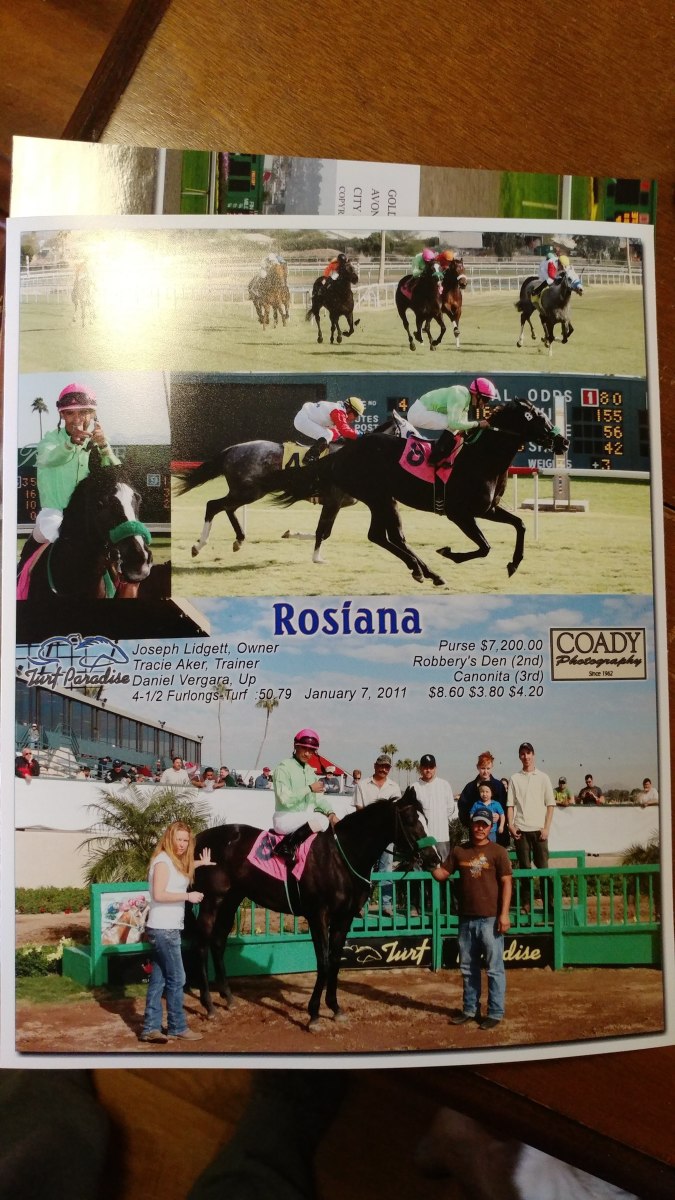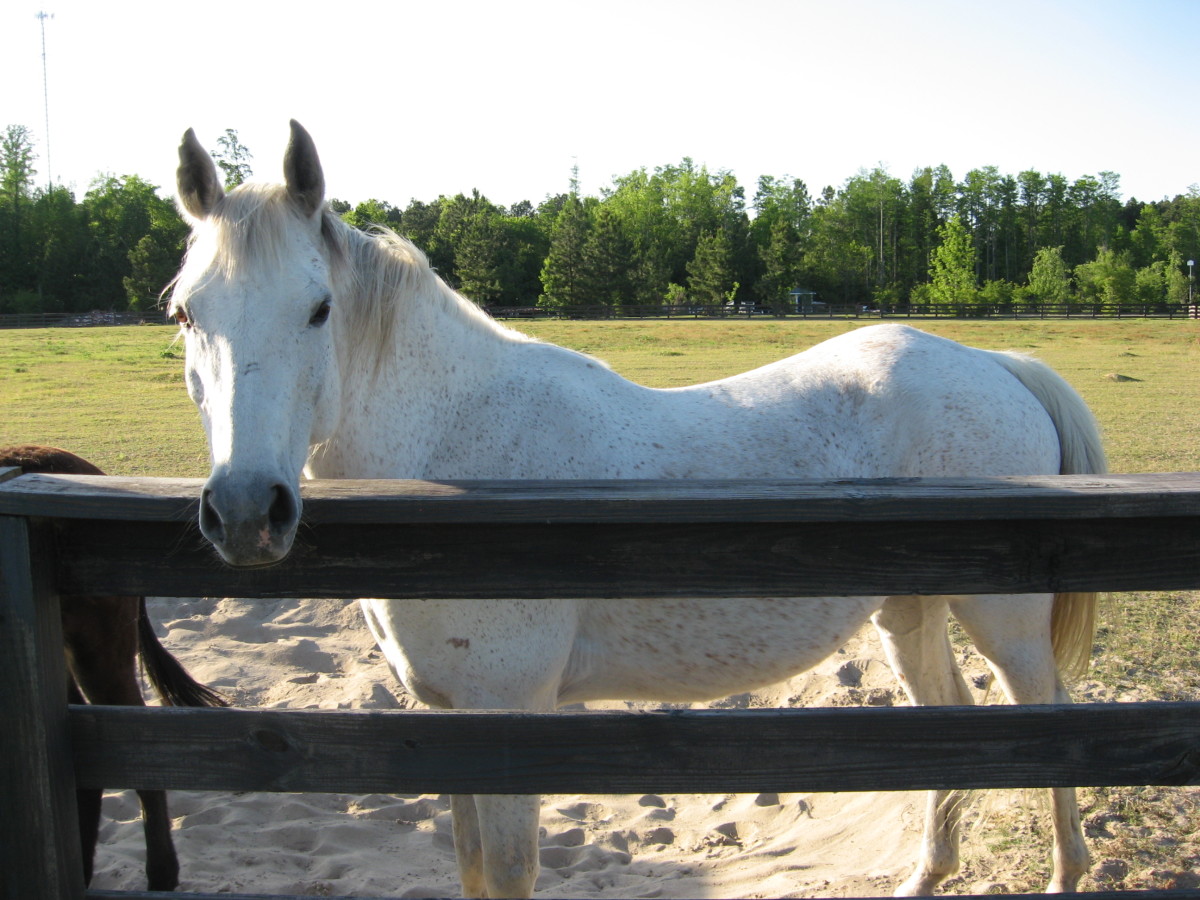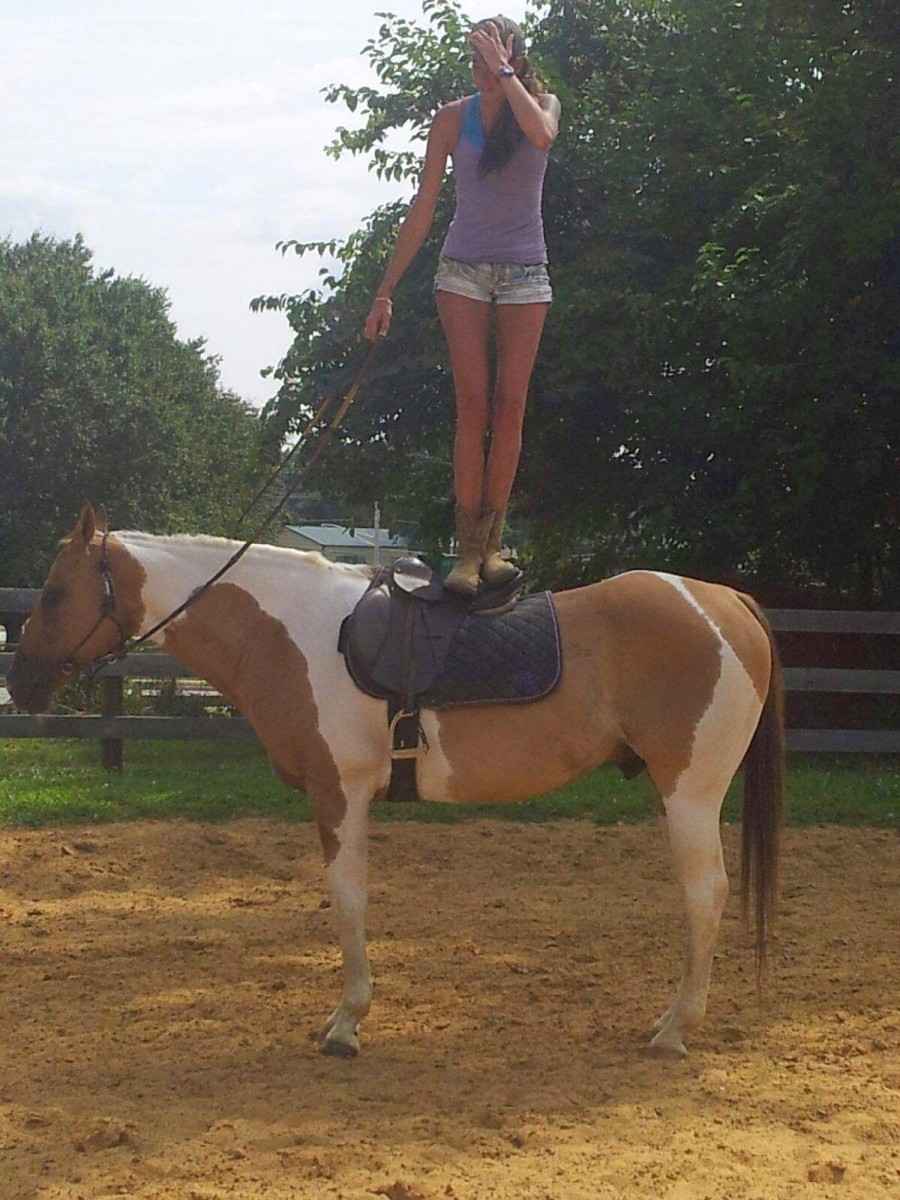Stop Horse's Bit Chewing Habit
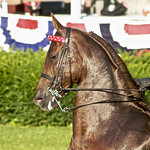
Many riders find that their horse chews constantly on his horse bit. While the advice to try a different bit, such as a hackamores, kimberwicks, gags, multiring snaffles is still good advice, finding the answer may require you to look a bit deeper. Instead of constantly buying new equipment because your horse keeps stretching out the leather, spend some time and money considering what the underlying cause may be that has led to this behavior.
Step 1: Get An Equine Physical
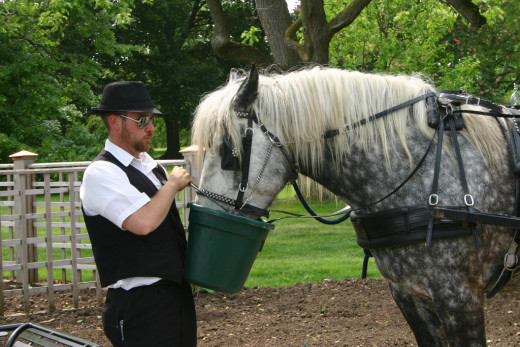
The first step needs to be a complete physical by a qualified equine veterinarian. In particular, ask your vet to complete a thorough check for ulcers, as not all are easy to diagnose. If the vet finds ulcers, then make sure to follow his advice. You may also want to consider changing your horse’s diet by feeding alfalfa and corn oil along with your horse’s hay and grain. Assuming that you still do not have answers to the bit-chewing problem, then consider some alternative therapies such as acupuncture or adding herbs to your horse’s diet to see if that helps.
Step 2: Get An equine Dental Check
The second step needs to be a complete dental checkup by an equine dentist. While the veterinarian should have looked at the horse’s teeth, while doing their examination, they are not a specialist and, therefore, they may miss some underlying issues. The dentist will look for several issues that may be causing the bit-chewing problem, including hooks, where the horse’s molars do not line up properly, and wolf teeth that may have pressure applied to them when the horse is wearing the bit. While the dentist is examining your horse, make sure to look for sores in the corner of his lips, sores on his gums, or sores inside his cheeks. Finally, make sure that the equine dentist checks for a low palate. If the dentist discovers a low palate, then you need to consider different bitting options.
Step 3: Consider The Age
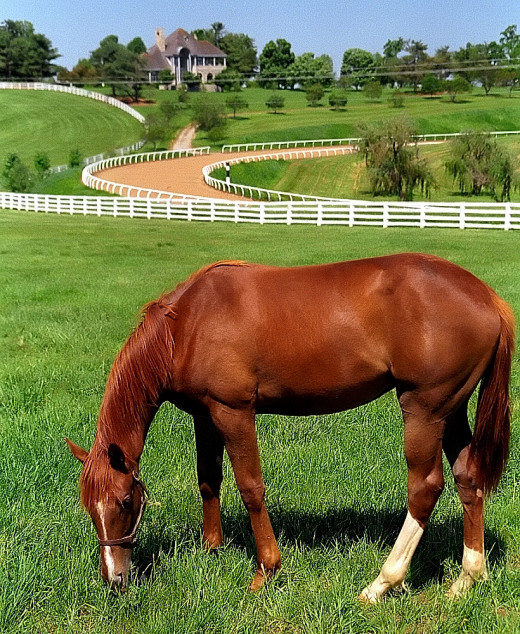
Now that you have eliminated many medical reasons for your horse’s behavior, it is time to consider behavior issues that are causing the horse to chew his bit. If the horse is young, then consider if the horse is mature enough to handle the training that you are subjecting him too. While the horse may be the proper age to begin training, he may not be mature enough to handle the training. If possible, consider putting the horse out to pasture for a while longer,, and then when you start training the horse again, go very slowly.
Step 4: Turn Loose In A Stall
If putting the horse out to pasture for a while is not an option, then try removing the noseband and reins from the bridle and turning the horse loose in the stall for a while. When doing this, make sure to choose a bit that can’t become easily hooked on things in the stall. Furthermore, make sure that you stay very close so that the horse doesn’t get himself into trouble. Repeat on a daily basis, watching for signs that the horse has accepted the bit, as a part of his natural life.
Step 5: Lounge The Horse
After turning the horse loose in his stall until he has accepted the bit, then try lounging him with the bit on. Go slow, so that the horse doesn’t become nervous, especially if this is a new activity for the young horse. If you have never done this before, it is a relative easy procedure to thread the longe line through the bit ring, and then bring it over the poll and attach it to the other side. As an alternative, you can put a longing cavesson over the bridle and attach the longe line to the bridle.
Step 6: Ride The Horse
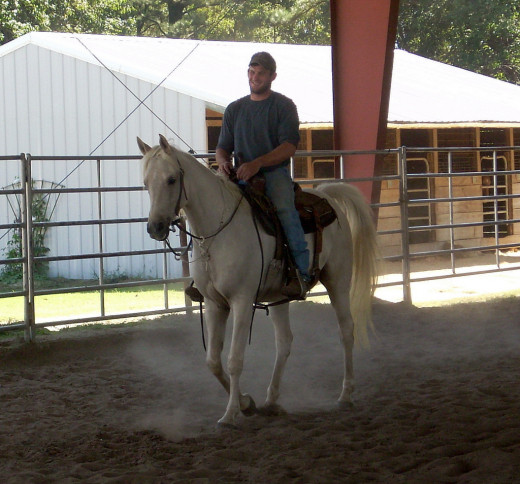
As the horse accepts this activity without chewing, then try riding the horse again. It is vital at this point to go very slowly. Start with just a few minutes and quit before the horse begins to show any signs of nervousness. Many horses, particularly young horses, chew on the bit when they become nervous. By moving at an extremely slow pace, the horse will become more accepting and less anxious.
While you are working to get the horse over his nervousness, it is crucial to examine your riding style. Even if you are an experienced rider, you may have fallen into bad habits, and now is a great time to concentrate on your own riding ability. The best way to start is to ask a trainer or clinician to evaluate your riding style. While riding, concentrate on keeping your hands soft, as this puts less pressure on the bit. Make sure that you keep your elbows in a natural position, as locking the elbows further increases pressure on the bit. Furthermore, make sure that you are using your legs to guide the horse, instead of constantly pulling on the reins.
Step 7: Keep The Mind Active
The next step is to make sure that you are keeping the horse’s mind active. This is especially true if an older horse has suddenly started chewing on his bit for no apparent reason. Start by changing the hay bag in the horse’s stall, so that he has to work at getting the hay out of the bag. Avoid riding in the same pattern all the time and even avoid riding in the same place all the time. Both you and the horse benefit from the occasional trail ride with friends.
Step 8: Use The Right Bit
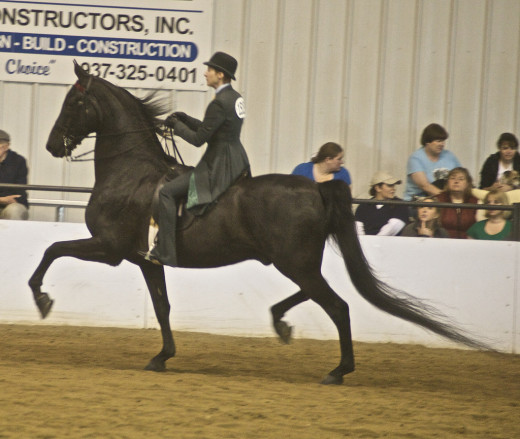
As you get ready to reenter the show arena, make sure to keep the pressure off you and the horse. The horse can feel your nervousness and this can cause him to want to chew on the bit. Start slow with the ticketed warm-ups and progress only as you and your horse is comfortable. If you notice that the horse’s bit chewing activity returns, then consider hauling the horse to a few shows and simply leaving him in his stall or tied to the trailer. Then, ride him around the show arena at a leisurely pace before or after a show.
Take it slow and you will succeed in pleasing both the horse and the judges. Following these easy steps will help you identify the problem and arrive at a solution that works. Make sure to continue to experiment with different bridles, bits, and nosebands. Make sure to keep your horse entertained by varying the horse’s activities on a regular basis. Show him that you are willing to spend the time that it takes so that he is comfortable and you will produce a winner.



